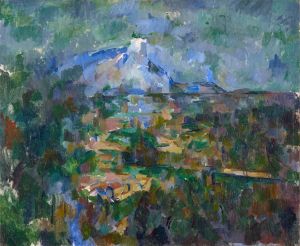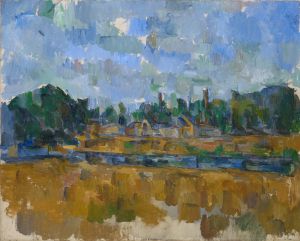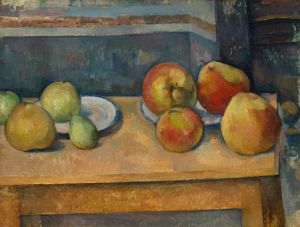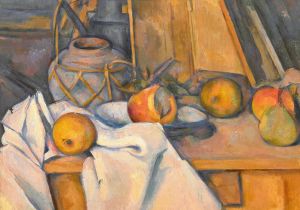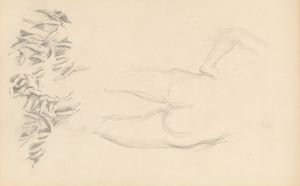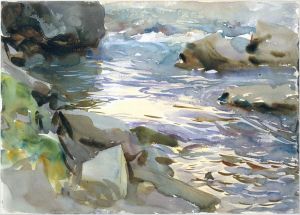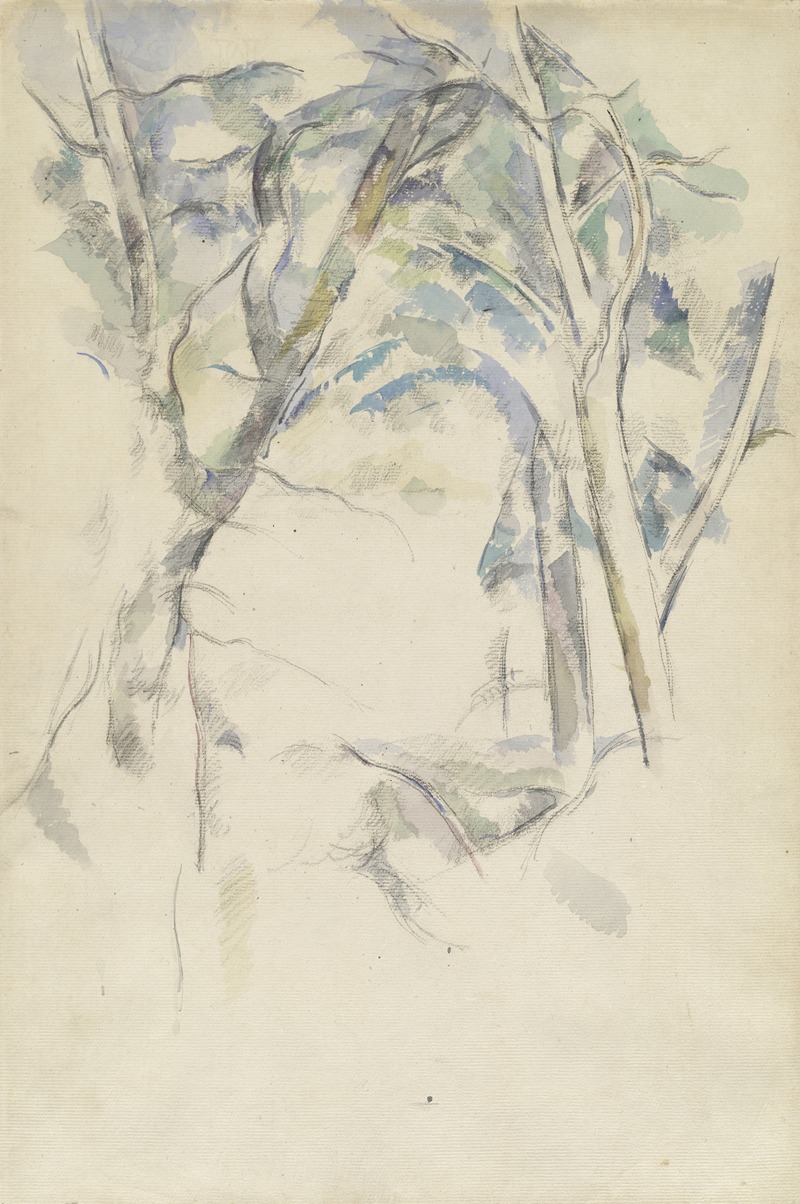
Trees Leaning over Rocks
A hand-painted replica of Paul Cézanne’s masterpiece Trees Leaning over Rocks, meticulously crafted by professional artists to capture the true essence of the original. Each piece is created with museum-quality canvas and rare mineral pigments, carefully painted by experienced artists with delicate brushstrokes and rich, layered colors to perfectly recreate the texture of the original artwork. Unlike machine-printed reproductions, this hand-painted version brings the painting to life, infused with the artist’s emotions and skill in every stroke. Whether for personal collection or home decoration, it instantly elevates the artistic atmosphere of any space.
"Trees Leaning over Rocks" is a painting by the renowned French artist Paul Cézanne, who is often credited with laying the groundwork for the transition from 19th-century Impressionism to 20th-century Cubism. Cézanne's work is characterized by his innovative approach to form, color, and composition, which has had a profound influence on the development of modern art.
Paul Cézanne was born on January 19, 1839, in Aix-en-Provence, France. He was a pivotal figure in the post-Impressionist movement, which sought to extend the boundaries of Impressionism while rejecting its limitations. Cézanne's work is known for its exploration of geometric simplification and optical phenomena, which would later inspire artists like Pablo Picasso and Georges Braque.
"Trees Leaning over Rocks" exemplifies Cézanne's fascination with the natural landscape and his unique approach to capturing its essence. Although specific details about the painting's creation, such as its exact date and current location, are not widely documented, it is consistent with Cézanne's broader body of work, which often features the rugged terrain and lush vegetation of the Provence region.
In this painting, Cézanne employs his characteristic brushwork and color palette to depict a scene where trees appear to lean over a rocky landscape. The composition reflects his interest in the structural elements of nature, as well as his desire to convey the underlying order and harmony he perceived in the natural world. Cézanne's technique involves the use of small, repetitive brushstrokes that build up to create a complex surface texture, giving the painting a sense of depth and movement.
Cézanne's approach to color is also evident in "Trees Leaning over Rocks." He often used a limited palette, focusing on the interplay of complementary colors to create a sense of vibrancy and luminosity. This method allowed him to capture the changing effects of light and atmosphere, which were central to his artistic vision.
Throughout his career, Cézanne was known for his dedication to capturing the essence of his subjects through careful observation and a deep understanding of their underlying structures. His work often involved multiple studies and revisions, as he sought to distill the complexity of the natural world into its fundamental forms. This meticulous process is reflected in "Trees Leaning over Rocks," where the interplay of light, shadow, and form creates a dynamic and harmonious composition.
Cézanne's influence on modern art cannot be overstated. His innovative techniques and philosophical approach to painting paved the way for future generations of artists, who would continue to explore the boundaries of representation and abstraction. "Trees Leaning over Rocks" is a testament to Cézanne's enduring legacy and his profound impact on the trajectory of art history.
In summary, "Trees Leaning over Rocks" is a quintessential example of Paul Cézanne's mastery of landscape painting. Through his unique approach to form, color, and composition, Cézanne captures the beauty and complexity of the natural world, leaving a lasting impression on the viewer and securing his place as a pivotal figure in the evolution of modern art.







